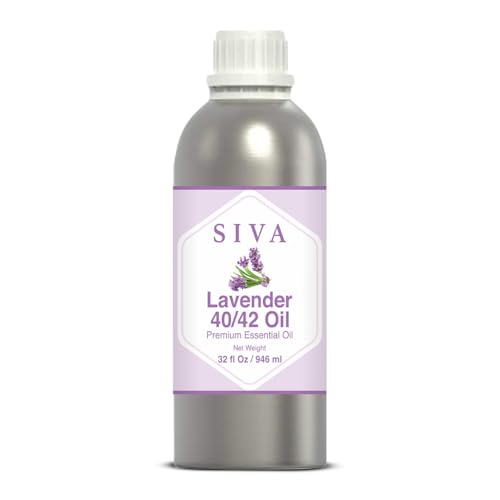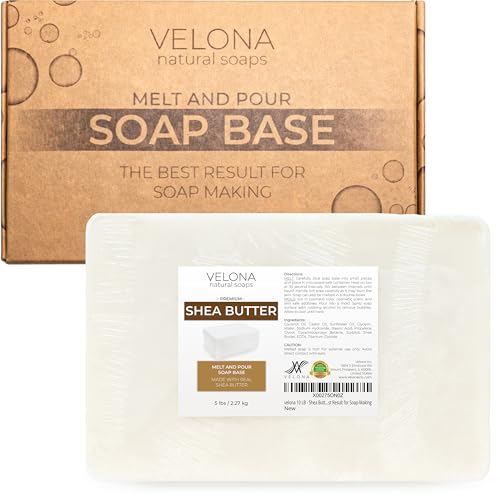Carl
Well-Known Member
When I first started soaping I started with a basic recipe.
Olive Oil 44%
Palm Oil 32%
Coconut Oil 24%
I would always select the default for the water on the soap calculator (water = 38% of oil weight). I use wooden molds and I would cover them and insulate a lot. I usually soaped at around 120 degrees.
I made many batches with this recipe and NEVER had a batch crack.
As I got more experienced, I wanted to experiment with the recipe.
So I switched it up to this:
Somehow (and I can't remember how) I evolved to the following:
And I vary the water now depending upon what I am planning.
I typically use the default 38% oil to water on the soap calc alot.
But anyway, sometime around this time, every batch I make cracks. Every one!
So I stopped insulating.
Still cracked.
So I stopped covering
Still cracked.
So then I thought about reducing the coconut and the shea butter to this:
I just made this one an hour ago. Soaped at 100 degrees. Left uncovered after pour with no insulation. 28% Lye Concentration.
And guess what, it cracked!
I tried this same recipe with a 33% lye concentration last night. It cracked.
Any ideas what to try next? Putting the soap in the fridge is not an option for me since I don't have one available for soaping purposes.
Thanks ahead of time!
Olive Oil 44%
Palm Oil 32%
Coconut Oil 24%
I would always select the default for the water on the soap calculator (water = 38% of oil weight). I use wooden molds and I would cover them and insulate a lot. I usually soaped at around 120 degrees.
I made many batches with this recipe and NEVER had a batch crack.
As I got more experienced, I wanted to experiment with the recipe.
So I switched it up to this:
| Coconut Oil | 30% |
| Olive Oil | 20% |
| Palm Oil | 30% |
| Shea Butter | 5% |
| Sweet Almond Oil | 5% |
| Castor Oil | 10% |
Somehow (and I can't remember how) I evolved to the following:
| Coconut Oil | 27.50% |
| Olive Oil | 32.50% |
| Palm Oil | 30.00% |
| Sweet Almond Oil | 5.00% |
| Castor Oil | 2.50% |
| Shea Butter | 2.50% |
And I vary the water now depending upon what I am planning.
I typically use the default 38% oil to water on the soap calc alot.
But anyway, sometime around this time, every batch I make cracks. Every one!
So I stopped insulating.
Still cracked.
So I stopped covering
Still cracked.
So then I thought about reducing the coconut and the shea butter to this:
| Coconut Oil | 21.50% | ||
| Olive Oil | 40.00% | ||
| Palm Oil | 30.00% | ||
| Sweet Almond Oil | 5.00% | ||
| Castor Oil | 2.50% | ||
| Shea Butter | 1.00% |
I just made this one an hour ago. Soaped at 100 degrees. Left uncovered after pour with no insulation. 28% Lye Concentration.
And guess what, it cracked!
I tried this same recipe with a 33% lye concentration last night. It cracked.
Any ideas what to try next? Putting the soap in the fridge is not an option for me since I don't have one available for soaping purposes.
Thanks ahead of time!
















































